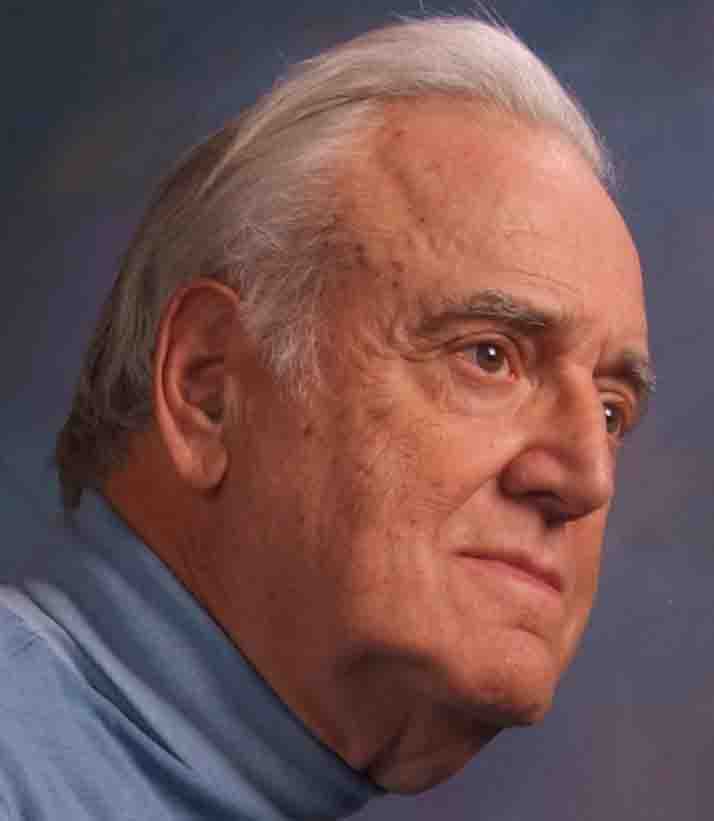*Half of the six million American voters abroad either did not receive their ballots, or received them too late. (Polls of these voters indicated that they were overwhelmingly pro-Kerry).
*In New Mexico, decided by 5988 votes, malfunctioning machines failed to register the presidential vote on 20,000 ballots. (Kennedy fails to mention that these were in predominantly Democratic districts).
*"A precinct in an evangelical church in Miami County recorded an impossibly high turnout of ninety-eight percent, while a polling place in inner-city Cleveland recorded an equally impossible turnout of only seven percent.
*In Warren County, media monitoring of the official vote count was prevented by a totally bogus "terrorist warning."
*In one precinct, exit polls indicated that "Kerry should have received sixty-seven percent of the vote... Yet the certified tally gave him only thirty-eight percent." The statistical odds? Almost one in three billion.
* "A New York Times analysis before the election found that new registrations in traditional Democratic strongholds were up 250 percent, compared to only twenty-five percent in Republican-leaning counties."
*"In heavily democratic Youngstown ... nearly 100 voters reported entering 'Kerry' on the touch screen and watching 'Bush' light up... Similar 'vote hopping' from Kerry to Bush was reported by voters and election officials in other states."
*"An electric machine at a fundamentalist church in the town of Gahanna recorded a total of 4,258 votes for Bush and 260 votes for Kerry. In that precinct, however, there were only 800 registered voters."
If one were to concede most of Majoo's criticisms (the exit poll issue excepted) which, of course, I do not, even so the remaining unanswered elements of Kennedy's essay would add up to a compelling case for fraud.
On the misallocation of voting machines: Manjoo gives away his argument. Manjoo appears unaware of the fact that through his attempt to explain away the misallocation of voting machines, he has supplied strong evidence of significant voting fraud.
To begin, here are some quotations by Manjoo which set up the trap into which he falls. (The emphases are mine. EP):
Kennedy says that "more than 174,000 voters" in Ohio did not cast a ballot due to long lines at the polls. He considers the GOP directly responsible for this failure. "The long lines were not only foreseeable -- they were actually created by GOP efforts," he says...
Kennedy's argument that Republicans deliberately engineered the long lines, [is] on pretty shaky ground. To be sure, there is ample evidence that election officials throughout the state failed to respond to the surge in voter registration seen in the 2004 race. But it is far more accurate to see their actions as part of a larger picture of incompetence in the midst of massive changes in election procedures -- especially changes in voting technology -- than as part of a GOP plot...
Franklin County's allocation of voting machines can be seen as biased if you look at the number of black voters who were registered by Election Day, but decisions about how to allocate voting machines are made months before then. That's why Mebane also notes that "if the allocation of voting machines is compared to information about the size of the active electorate that was available to Franklin County election officials at the end of April, 2004, then the allocation of machines is not biased against voters who were active at that time in precincts having high proportions of African Americans."
The difference reflects the reality that in the last few months of election season, registration surged in Ohio. That Franklin County's voting-machine allocation was considered unbiased in the spring and biased in the fall arises from the fact that the county failed to respond to these electoral changes.
Note now, as Manjoo concedes, that there were "shortages" of voting machines in democratic precincts and "longages" of machines in republican districts. And why? Because in April the election officials did not anticipate the "registration surges." But Manjoo fails to take note of the obvious implication that the misallocation shows that the "surges" were primarily among the Democrats. Kennedy is explicit: "A New York Times analysis before the election found that new registrations in traditional Democratic strongholds were up 250 percent, compared to only twenty-five percent in Republican-leaning counties."
So now the trap is sprung: Where, Mr. Manjoo, did the Democratic vote "surge" resulting from the Democratic registration "surge" go? Is it just possible that those votes were either "lost" or, through some hidden hocus-pocus within the Diebold "black boxes" switched from Kerry to Bush? Clearly, they are not apparent in the final vote totals.
Robert Kennedy has a ready answer. I am curious as to how Manjoo and like-minded apologists would respond.
Of course, none of this "misallocation theory" accounts for the following, as described by Kennedy (and ignored by Manjoo):
(Note: You can view every article as one long page if you sign up as an Advocate Member, or higher).





